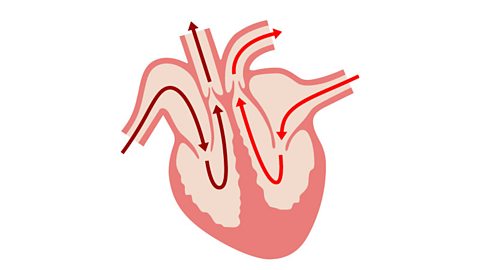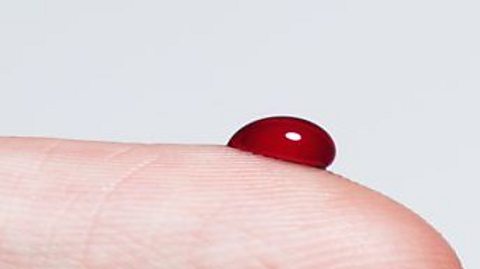Key points
- Lactic acid is the waste product produced during anaerobic respirationA type of respiration which occurs without oxygen, releasing less energy but more quickly.
- Running fast can lead to a build-up of lactic acid in your muscles, causing cramp.
- Lactic acid also causes tooth decay.
Video - Lactic acid
A case study video showing how lactic acid is produced in the body.
So you been sprinting, Lily? Just a bit of cramp? So that's the lactic acid building up.
When an athlete does too much or runs too vigorously, not enough oxygen can be delivered to the muscles. So what happens is that the glucose is reacting, and there's a by-product from that, which is called lactic acid. So when there's too much lactic acid, that would secrete into the muscles, and the muscles would start to fatigue, they'd start to slow down. And then after a while, they would start to cramp.
So you'd see an athlete stop, they would pull up suddenly, they would start to rub the muscles and they would sometimes appear to be in some sort of pain.
How is lactic acid produced?
Cells get the energy they need from the chemical reactions of glucoseA sugar produced by plants in photosynthesis and used by all living organisms to release energy during respiration.. When you run fast there is a chemical reaction called anaerobic respiration. This reaction transfers energy from glucose to your cells without oxygen. There is just one waste product called lactic acid. Lactic acid is a molecule with the formula C₃H₆O₃. A molecule of lactic acid contains atoms of carbon, hydrogen and oxygen.
When you run fast lactic acid builds up in the muscles, causing painful cramps. After running you continue to breathe quickly. The extra oxygen you breathe in reacts with the lactic acid in your muscles, breaking it down to make carbon dioxide and water. As the lactic acid breaks down the cramps will begin to disappear.
Lactic acid is also made in the mouth, where specialised bacteria convert glucose and other sugars to lactic acid. Lactic acid in your mouth can cause tooth decay.
A model of the atoms found in a molecule of lactic acid.
Activity
GCSE exam dates 2025
Find out everything you need to know about the 2025 GCSE exams including dates, timetables and changes to exams to get your revision in shape.

More on Respiration and gas exchange
Find out more by working through a topic
- count6 of 13

- count8 of 13

- count9 of 13
